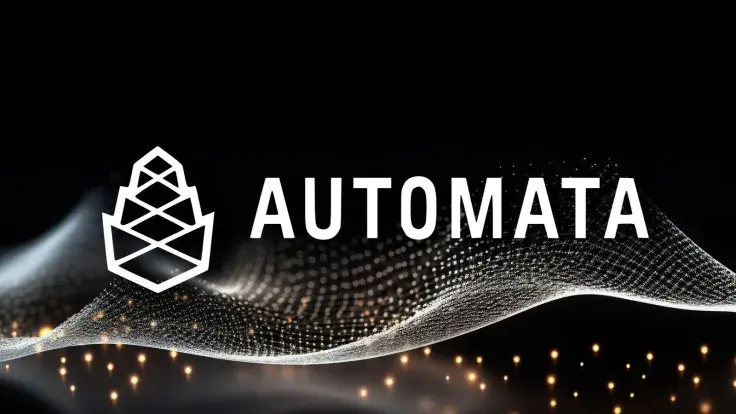
Disclaimer: The opinions expressed by our writers are their own and do not represent the views of U.Today. The financial and market information provided on U.Today is intended for informational purposes only. U.Today is not liable for any financial losses incurred while trading cryptocurrencies. Conduct your own research by contacting financial experts before making any investment decisions. We believe that all content is accurate as of the date of publication, but certain offers mentioned may no longer be available.
Star Atlas development studio ATMTA unveiled Zink, a new Solana Virtual Machine (SVM) layer-1 blockchain, on Aug. 13, 2025. A light paper with Zink’s tokenomics and technical architecture was released with the launch, which happened in Las Vegas, Nevada, at 12:00 p.m. PST. December 2025 is when the project's mainnet genesis is planned.
Zink's zero-knowledge system
Zink introduced zProfile, which is an on-chain profile system with ZK that awaits patent registration. The system allows users to establish global permissions for interacting with decentralized applications. Users will be able to approve a certain type of transaction in advance, thanks to zProfile. The system increases usability in a setting where transaction throughput has to be as fast as possible, like games based on Star Atlas.
Due to its foundation in the Solana Virtual Machine, the blockchain is optimized for high throughput, low transaction costs and interoperability with other Web3 systems, and it can be used with current Solana-based functionality. Zink is a stand-alone layer-1 network designed to support a wider variety of decentralized applications in addition to gaming.
Transaction fees, validator staking, user staking and consensus participation are just a few of the features that the ZINK token, the network's native asset, supports. Additionally, this token is meant to serve as the foundation for ecosystem rewards. The project roadmap states that user XP tracking will start in September 2025. In-game activities in Star Atlas games — such as the main game running on the Unreal Engine 5 platform, the browser-based strategy game SAGE 4X, and Holosim, a free-to-play version of SAGE — can earn XP.
True play-to-earn experience
Additionally, users can earn experience points by trading on the Galactic Marketplace or locking ATLAS and POLIS tokens in Star Atlas DAO lockers. From the XP launch through December, there will be a token distribution event, where early participants will receive 10% of the entire ZINK token supply. When Zink's mainnet genesis takes place in December, 2025 Star Atlas's game logic will switch to the new network.
According to Michael Wagner, CEO and founder of ATMTA, Zink is a substantial investment in on-chain infrastructure that emphasizes digital identity as a way for users to manage their interactions and establish their reputation in decentralized settings. ATMTA envisions Zink as a scalable platform that facilitates application deployment with a focus on identity security and automation for developers and users across various Web3 sectors.
With its headquarters located in Las Vegas, ATMTA is known for fusing immersive gaming experiences with blockchain technology. Star Atlas, the studio's flagship project, combines play-to-earn mechanisms with expansive virtual worlds and runs on the Solana blockchain. With Zink, ATMTA hopes to broaden its technological capabilities and provide infrastructure for general-purpose decentralized applications as well as gaming.
 Dan Burgin
Dan Burgin Vladislav Sopov
Vladislav Sopov U.Today Editorial Team
U.Today Editorial Team